Dogs sniff everything—it's a fact of life for dog owners. But have you ever wondered why? That constant dog sniffing isn't just random; it's an essential behaviour deeply tied to how dogs explore, communicate, and survive.
A dog's nose is a fascinating tool, finely tuned for tasks we humans can only imagine. From detecting drugs to reading the environment through scent, sniffing in dogs plays a huge role in their everyday life. But when is sniffing just a normal part of life, and when does it border on excessive? Let's explore the "why," "how," and "what to do" of this remarkable canine behaviour.
Why Do Dogs Sniff?

Using Their Nose to Sense the World
A dog's sense of smell is nothing short of remarkable. While humans mainly rely on sight, dogs perceive the world primarily through their noses. Their olfactory system is up to 50 times more sensitive than ours, with approximately 300 million scent receptors compared to our mere 5 million. That means sniffing isn't just a random habit—it's how they "see" and understand the world around them.
For dogs, smells provide a wealth of information. When they encounter a scent, it's like reading a book. They can tell what animals have passed through, whether another dog is nearby, and even what state of mind those animals were in. The joy dogs find in sniffing stems from their natural instincts, which they use to explore the great outdoors, assess their surroundings, and detect changes in their environment.
How Dogs Communicate Through Scent
Sniffing isn't just about exploration—it's also a form of communication. When a dog sniffs other dogs or an object, they’re collecting crucial social information. For example, a quick sniff of another dog's body or urine can reveal its gender, age, health, and reproductive status.
Dogs even have a specialised organ called the vomeronasal organ (or Jacobson's organ) that helps them analyse pheromones—chemical signals sent out by other animals. This "scent communication" allows dogs to interact without the need for direct confrontation or vocalisation, making sniffing a safe and effective way to communicate.
The Benefits of Sniffing for a Dog's Well-Being

Mental and Physical Exercise
For dogs, sniffing is more than a simple habit—it's a vital form of mental exercise. Engaging their noses stimulates their brains, providing them with both sensory and cognitive experiences. Think of sniffing as mental exercise for your dog, akin to solving a puzzle or learning a new skill for humans.
Allowing your dog to sniff freely during walks, especially on a long leash, lets them explore at their own pace. This process reduces their stress levels and contributes to their overall happiness. Sniffing also lowers heart rate and offers stress-relieving benefits, helping your pet feel more relaxed and grounded.
Additionally, sniffing is often just as valuable as physical exercise. A "sniffari" walk, where you allow your dog to investigate scents in a safe place, can be deeply satisfying and enriching.
Enhancing Their Lives
Dogs' lives are inherently tied to their noses. Engaging their sense of smell creates variety in their everyday life, transforming an ordinary walk into an exciting adventure. By exposing your dog to new scents and experiences, you add enrichment to their routine, helping to create a fulfilling life for your companion.
When Does Sniffing Become Excessive?

Most dog sniffing is healthy and beneficial, but it can cross a line into excessive behaviour. Excessive sniffing might indicate anxiety, stress, or obsessive tendencies, especially if your dog seems fixated on a single spot or object for an unusual amount of time.
Signs to Watch For
-
Obsessive Sniffing Indoors: If your dog spends all its time sniffing through the house, it might indicate that they’re overstimulated or trying to cope with stress.
-
Difficulty on Walks: Excessive sniffing during walks may make it hard to follow a route or accomplish necessary tasks.
-
Ignoring Commands: If sniffing takes over to the extent that your dog won't respond to cues like "leave it" or "heel," it might point to behavioural issues.
How to Manage Excessive Sniffing
If your dog's sniffing behaviour becomes problematic, there are strategies to manage it while still respecting their needs.
-
Set Boundaries: Allow your dog to sniff freely during specific parts of the walk, but gently lead them away from overly interesting spots when necessary.
-
Control the Environment: If indoor sniffing is an issue, create a "safe place" where familiar scents offer comfort.
-
Enrichment Games: Hide treats or toys around the house to give your dog an outlet for their instincts in a controlled manner.
-
Avoid Overtraining: Training your dog to completely ignore their sniffing instincts could lead to frustration or boredom. Strike a balance by allowing exploration at the right times.
-
Physical and Mental Activity: Ensure your dog gets enough physical activity and mental stimulation daily to balance their energy levels.
Practical Tips for Dog Owners

Whether you're just starting to explore your dog's nose-specific behaviour or want to refine your approach, these tips can help you incorporate healthy sniffing into your dog's life.
-
Use a Long Leash
A long leash lets your dog explore safely while still giving you control. It’s the perfect tool for letting them sniff without pulling or straying too far.
-
Plan "Sniff Walks"
Dedicate certain walks to sniffing and exploring. Permit your dog to take the lead, decide the route, and investigate whatever they find interesting.
-
Engage with Scent Games
Hide treats around a room or yard to encourage your dog to use their nose. For advanced sniffing fun, consider scent-based training tools or courses that teach dogs to detect objects, much like drugs or search-and-rescue training.
-
Provide a Scent-Rich Environment
If walks aren’t possible, bring the fun inside! Introduce new scents through toys, safe animal sheds, or even simple herbs like lavender.
-
Watch for Signs of Distress
Keep an eye on your dog's stress levels, heart rate, and overall behaviour during sniffing. If anything seems off, it may be time for a break or a trip to the vet.
Encouraging Healthy Sniffing for Happier Dogs
Sniffing is a huge part of dogs' lives. It's how they explore, communicate, and find joy in the world around them. For dog owners, understanding the importance of a dog's nose can help strengthen the bond you share while creating a more enriching, fulfilling experience for your furry companion.
By guiding your dog on safe and enjoyable sniffing adventures—whether on a long leash in the great outdoors or through scent games indoors—you’ll see the many ways this instinct enriches their lives. And who knows? You might even start to see daily walks as less of a chore and more of a shared sensory adventure.
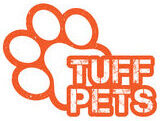
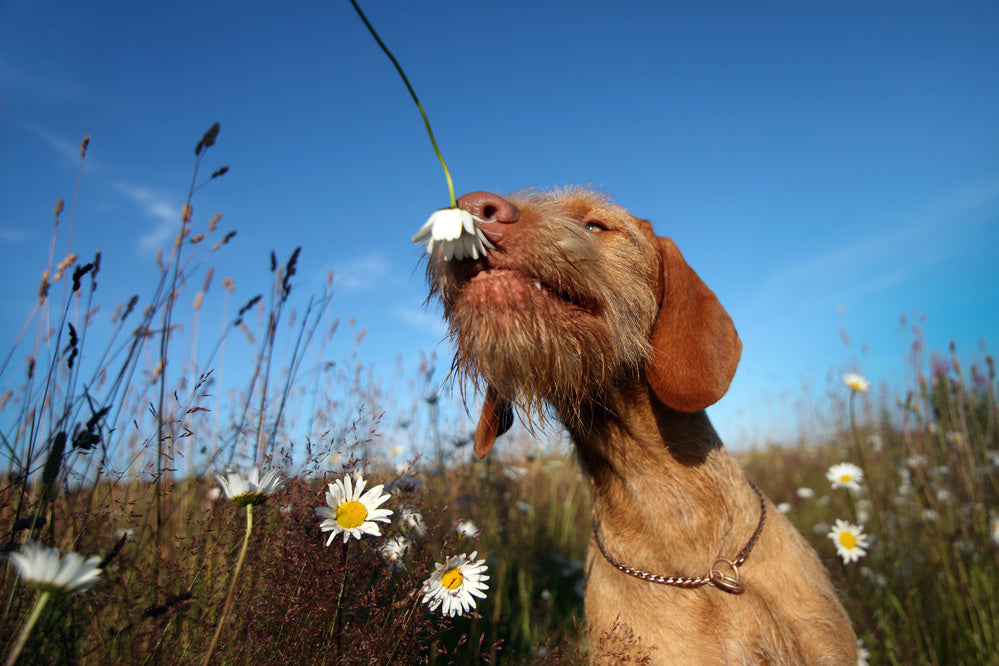
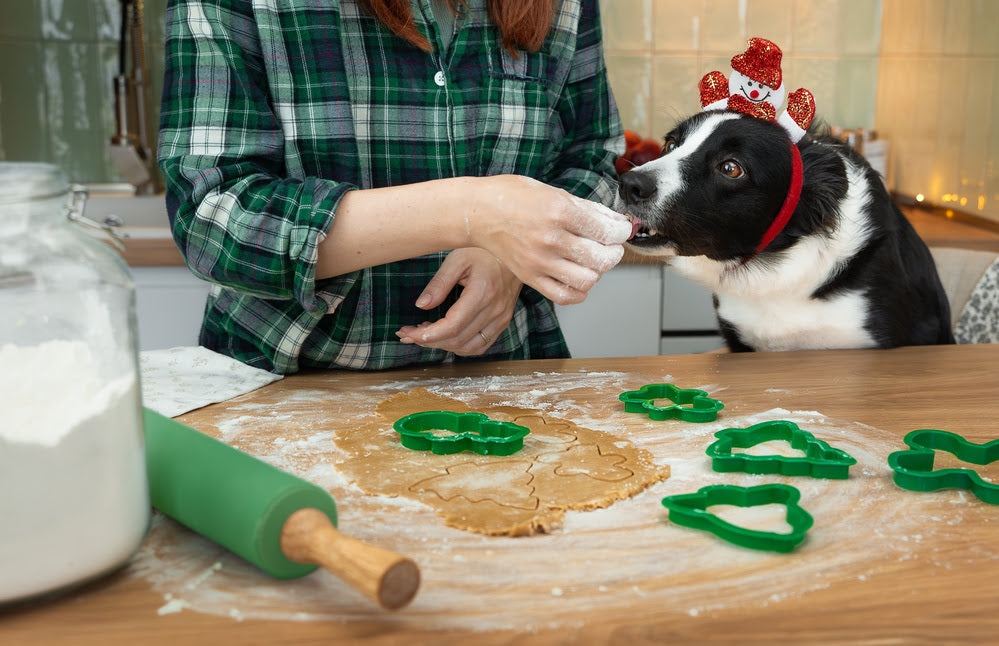
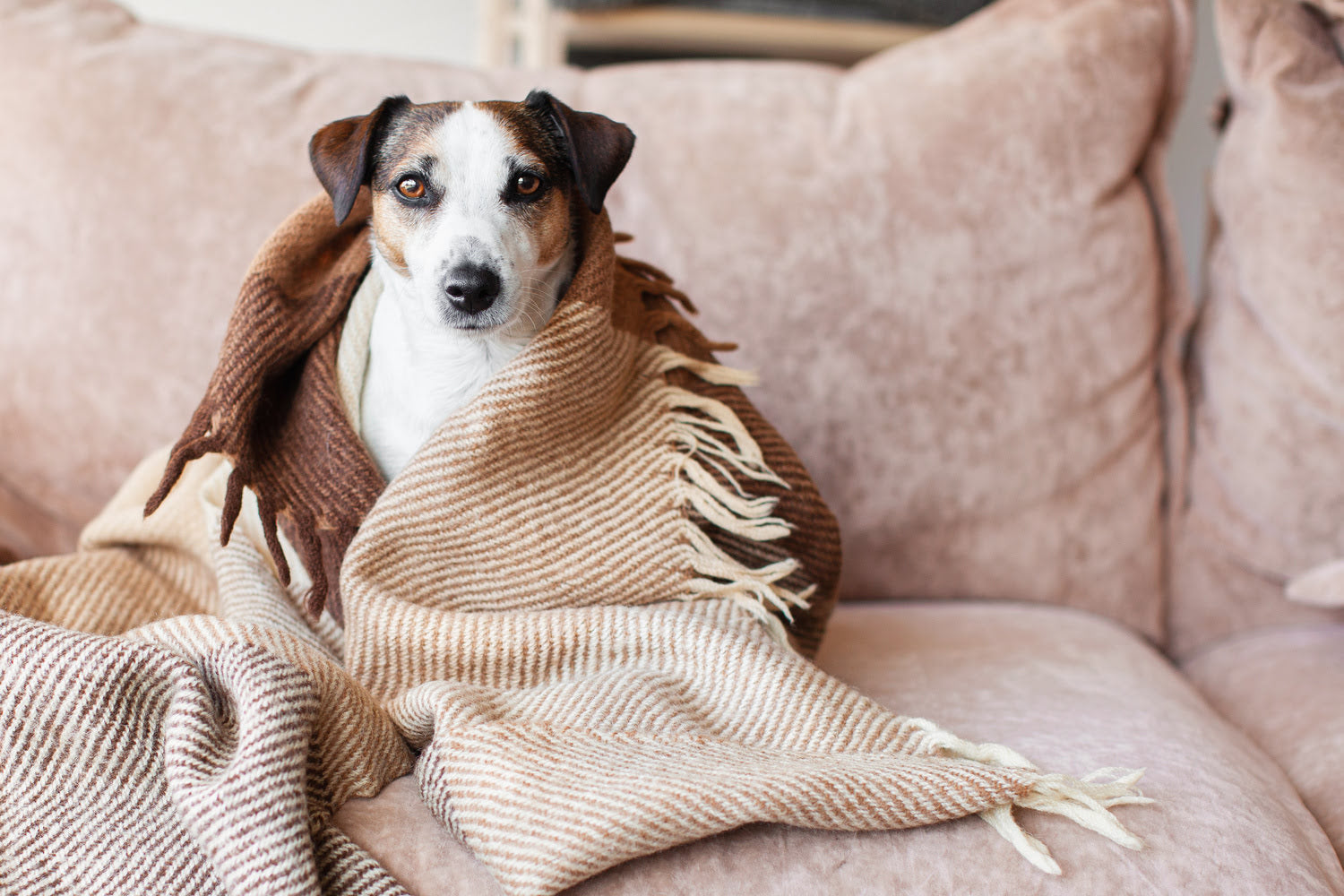
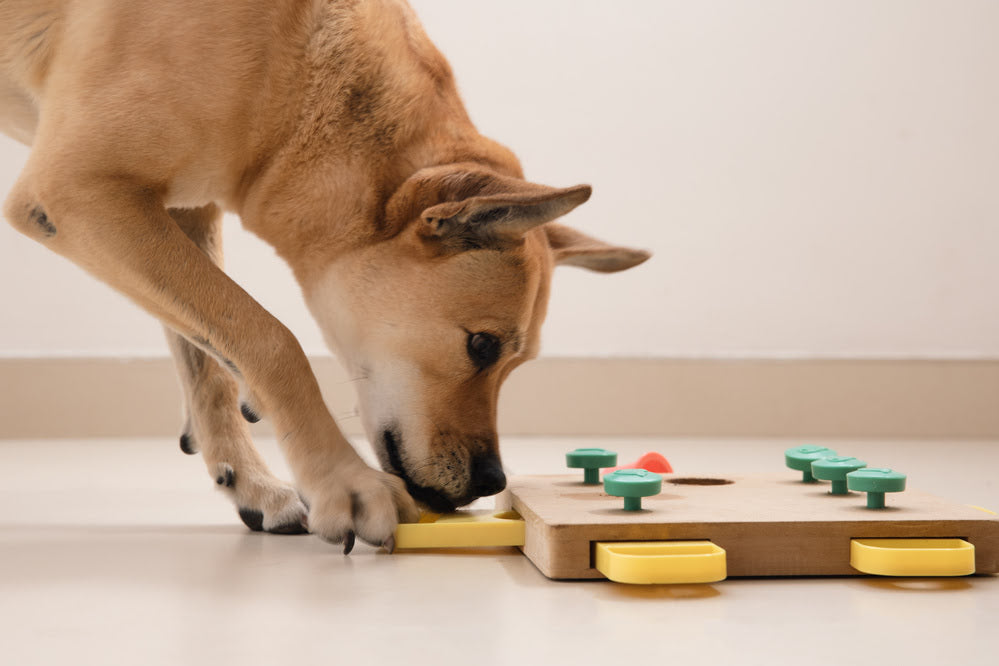

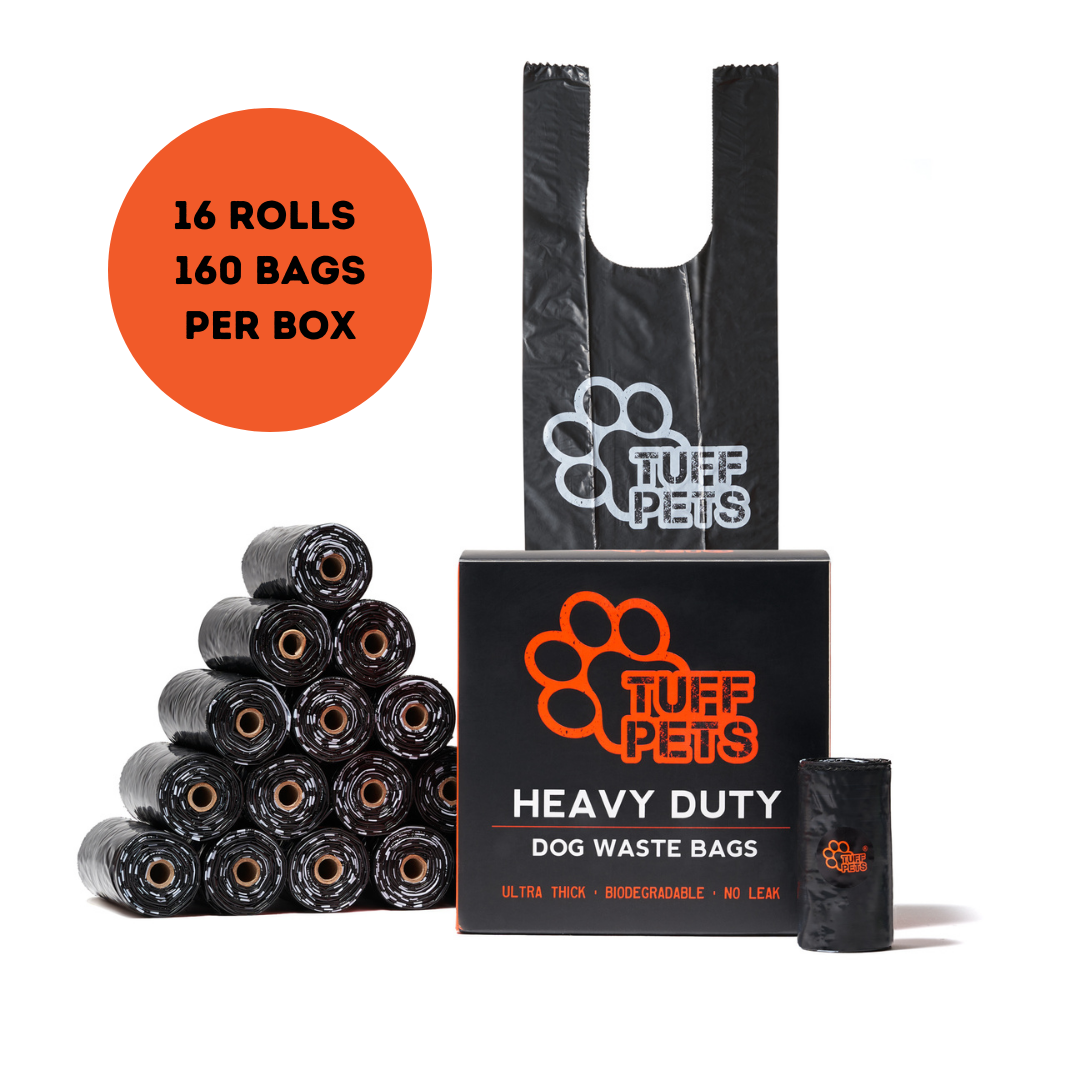
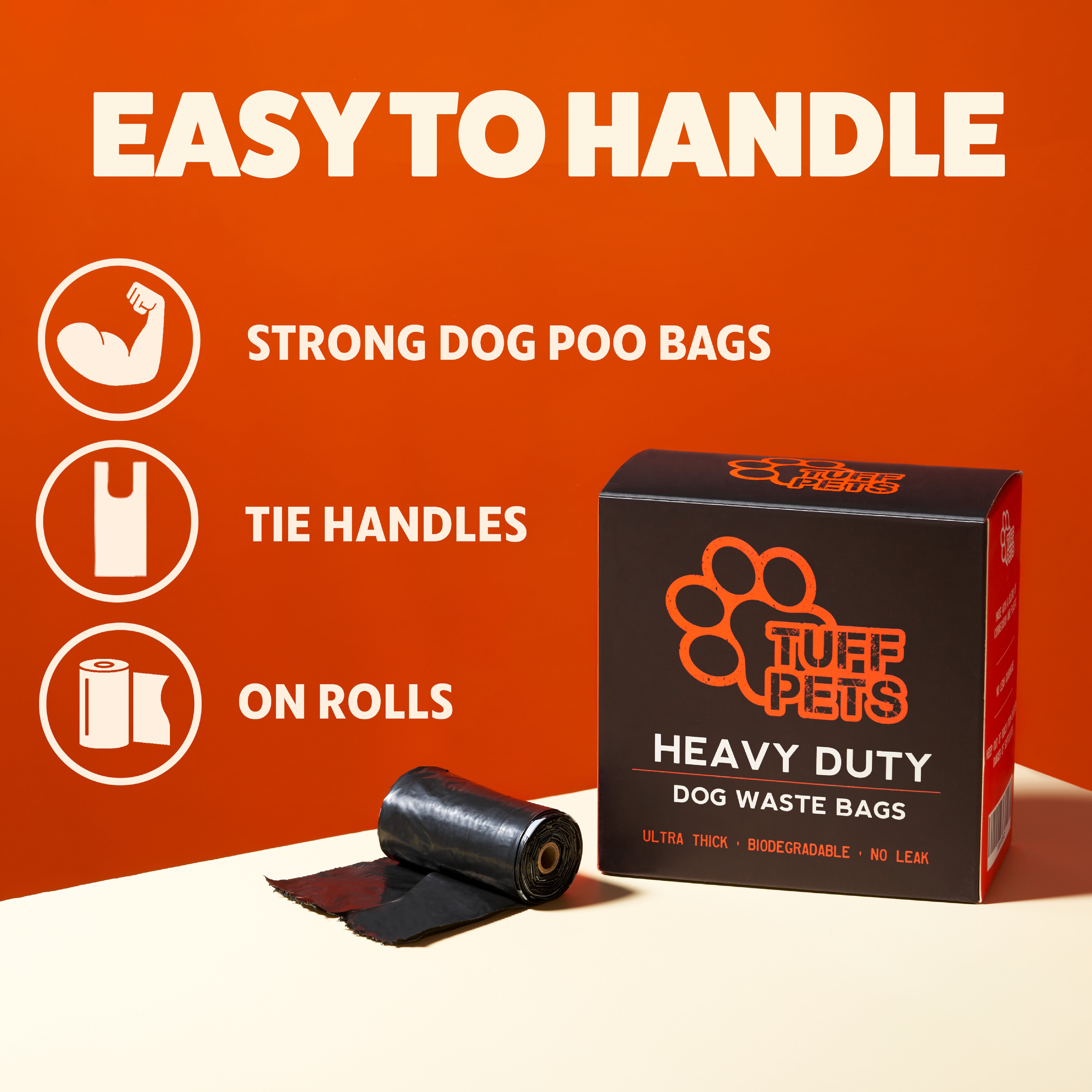

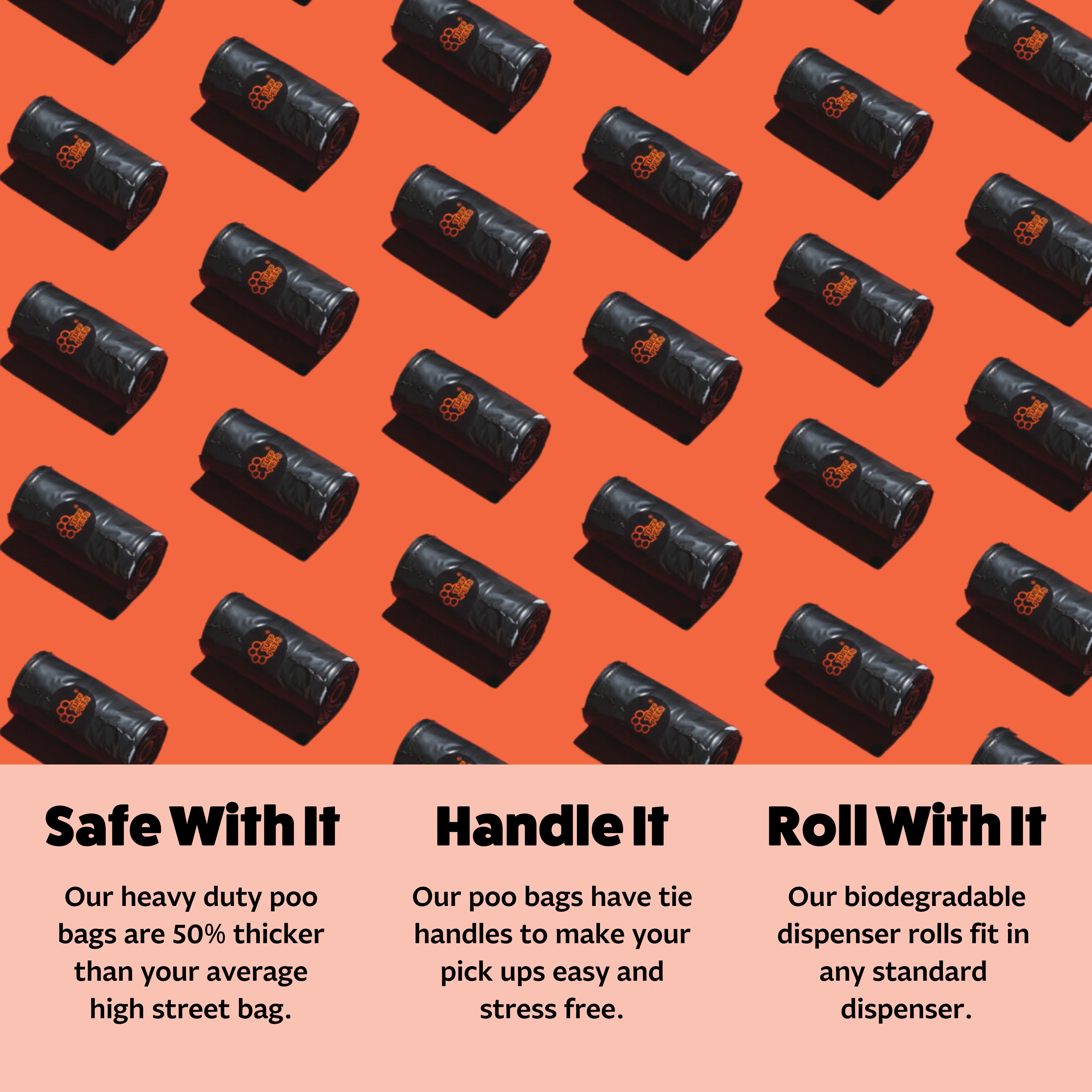



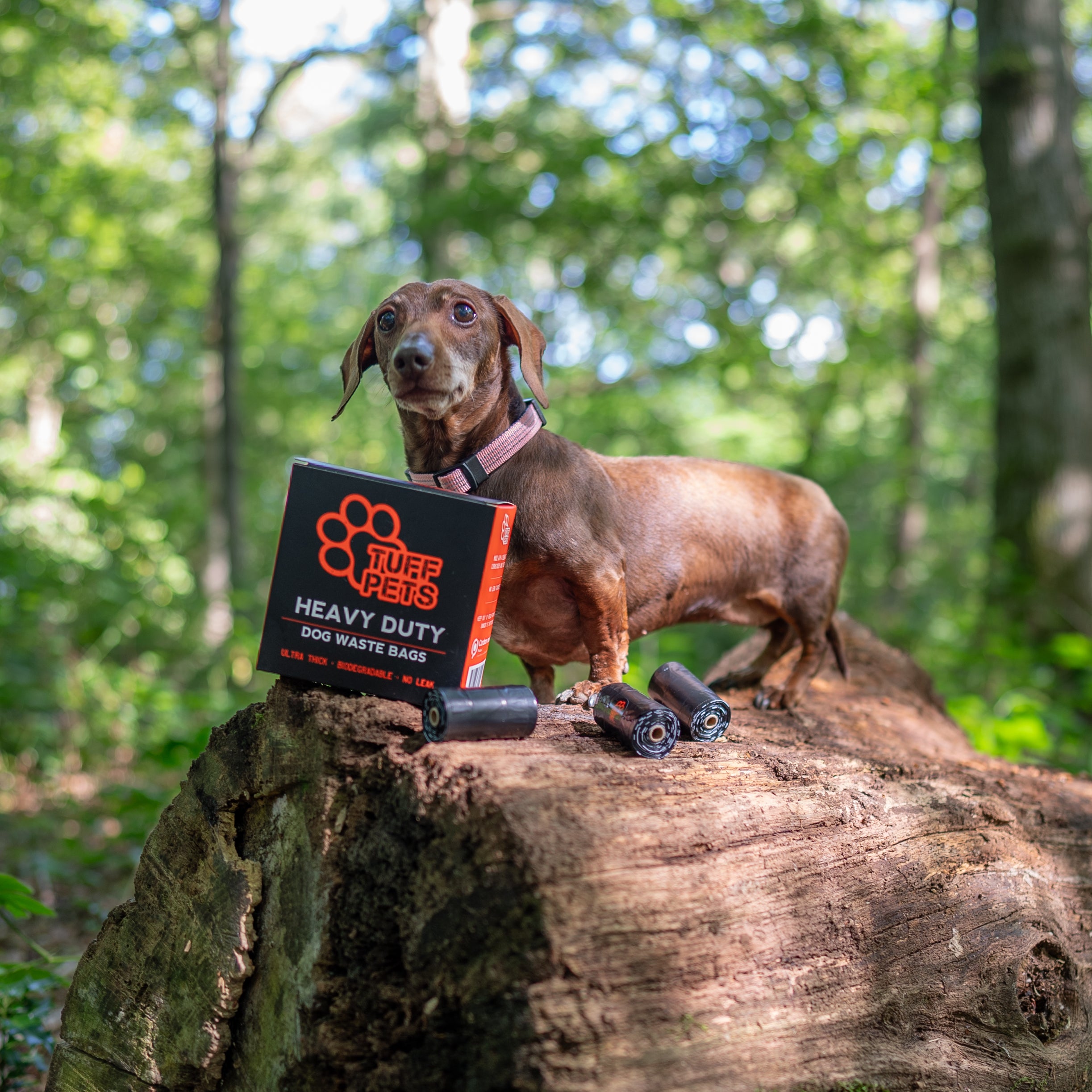

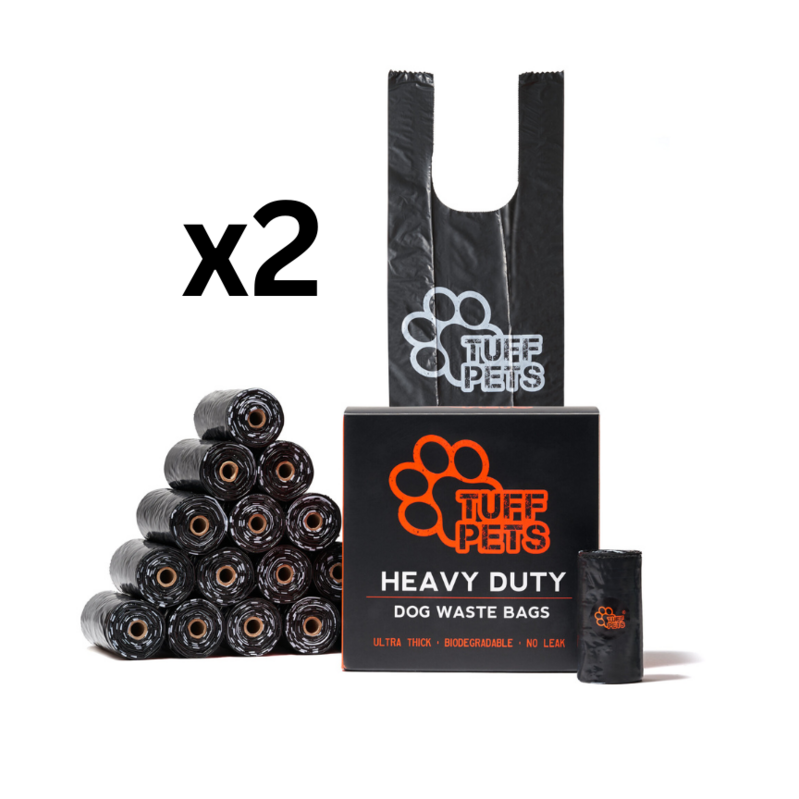
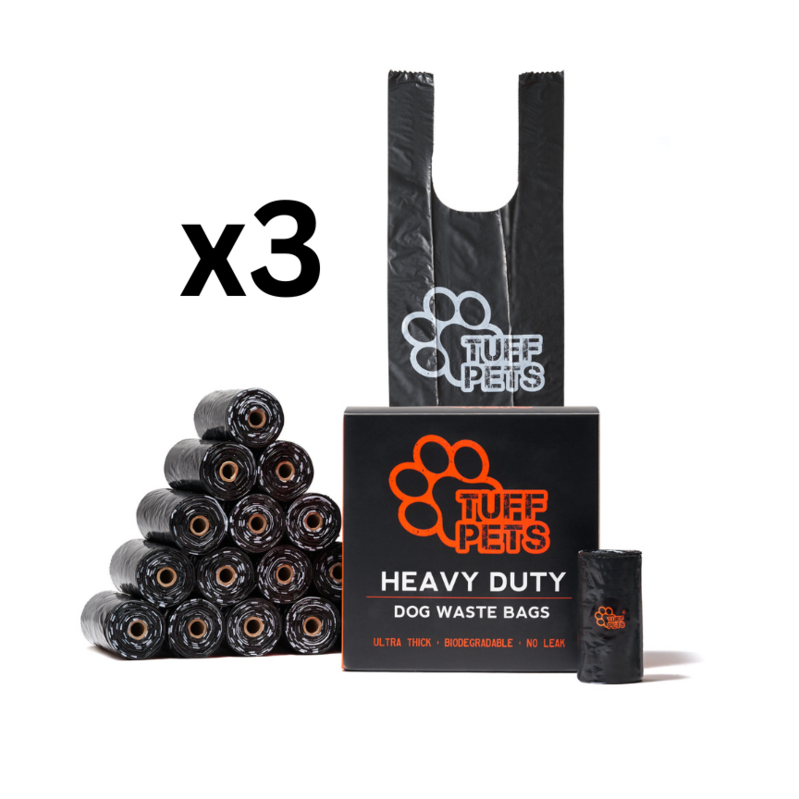
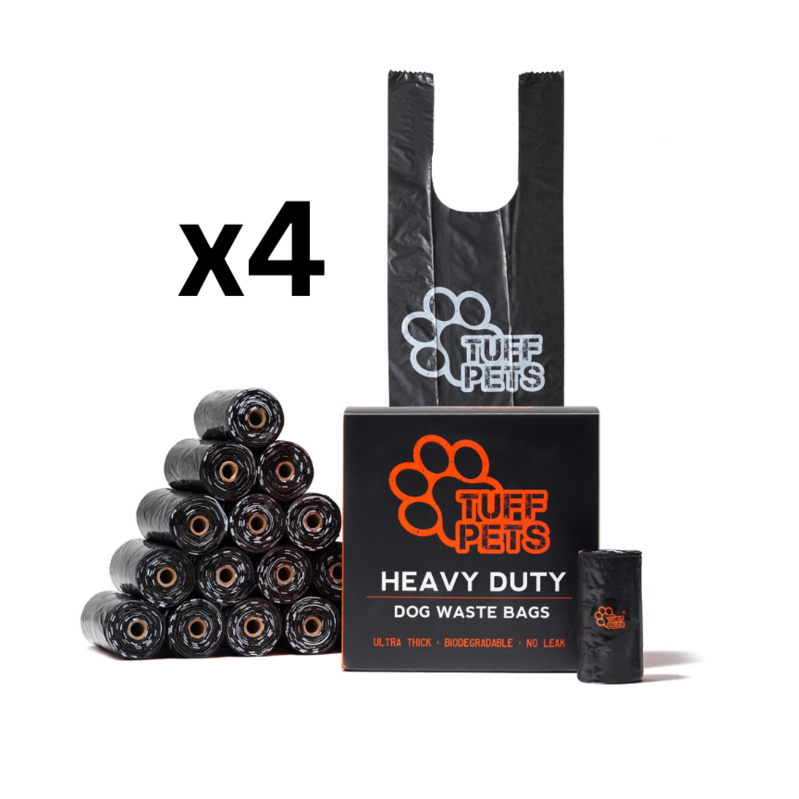
Share:
Can Dogs Get a Cold? Understanding Your Pup’s Symptoms and Care
What Colours Can Dogs See? Uncovering Your Canine Friend’s World
1 comment
Thank you. Very useful information. I had never really thought before how important
sniffing is for dogs.